Sewing one's own clothing is a great way to learn about the skill and time that goes into the clothing we wear every day. The seams that hold a garment together are as important as the fabric or design. Raveling seams are the reason given for many fast fashion pieces ending up in the landfill. As time progresses, I become more and more disappointed with the more mid-range garment construction as well. The usual ready-to-wear garment today employs overlocked seams, which are much quicker to sew and should keep the edge of the fabric from fraying or unraveling...one zip through the sewing machine + done. Cheaper and cheaper clothing has become the norm necessitating garment workers' salaries decrease and decrease. In order to save time, backstitching at the beginning and end of each seam is often omitted. This back and forth stitching is what keeps a line of stitching from beginning to unravel.
French seams involve sewing a seam twice...first with right sides together and then again with wrong sides together. This type of seam encloses the raw edges and keeps them from unravelling over time and with washing. This results in a much cleaner finish and is much more durable. My own sewing includes french seams as much a possible, and I appreciate them so much on ready to wear garments as well. They speak to the quality and projected longevity of a garment.
French seams are a great detail to look for when shopping. I often take note when looking inside for the fiber content tag. It's not necessarily a make it or break it ultimatum, but careful finishing certainly scores points. :)
As far as my own sewing goes...I finally tackled the buttonholes + buttons on the shirtdress (up top) and now it's finished! After spending time on all the other elements (including french seams), :) I always sort of feel like a project has the potential to be ruined by my sewing of the buttonholes. I think it worked out ok, though. :)
Fabric :: striped voile by Moda via Fancy Tiger (great garment weight)
Pattern :: (not cute looking, but very useful) 80s Esprit Simplicity 6487 (lengthened top)
Love,
Jane
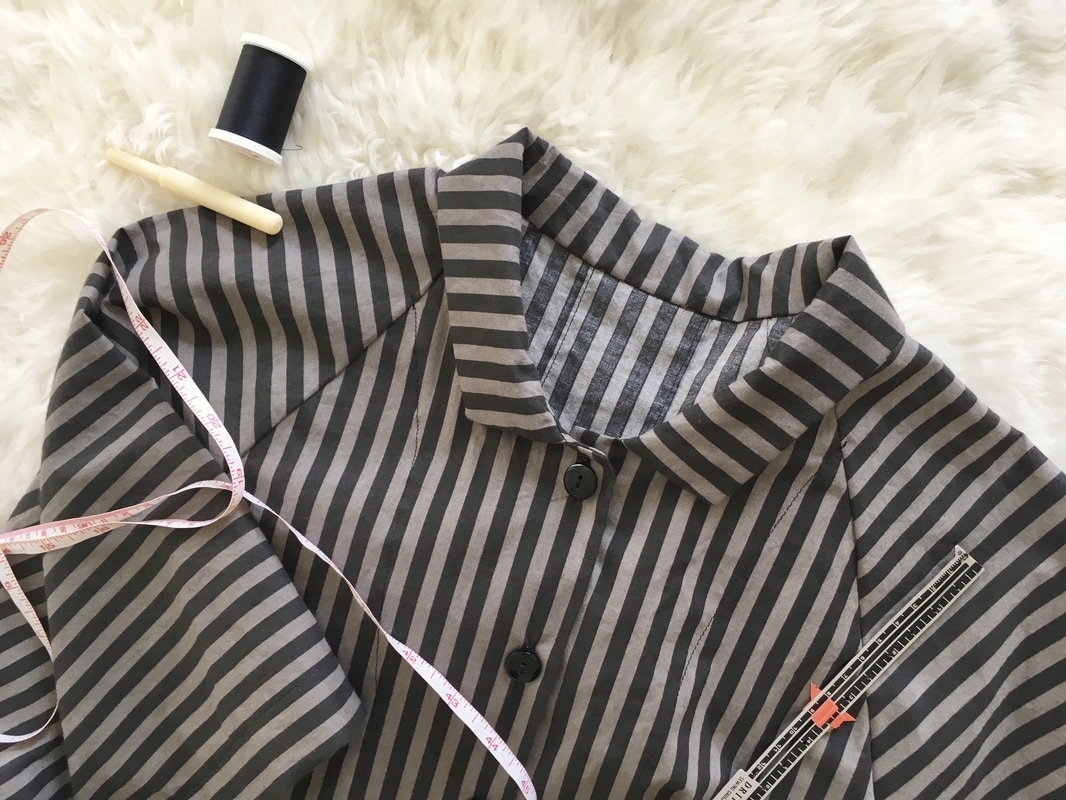
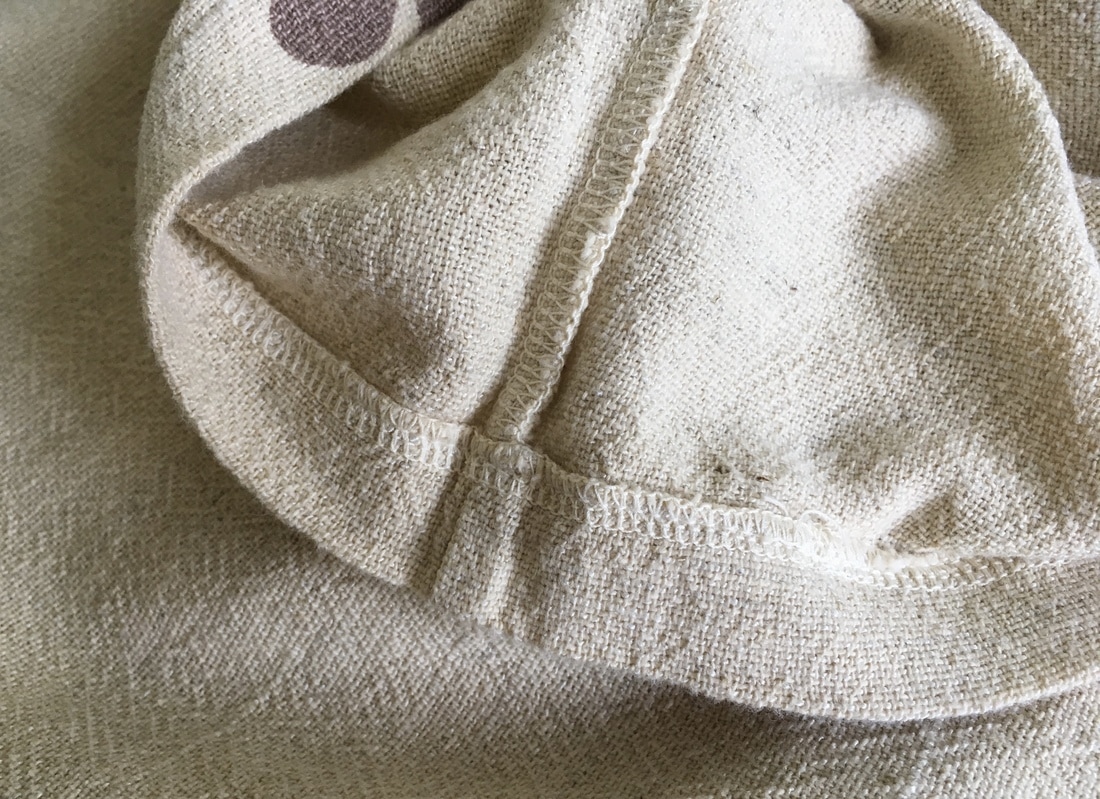
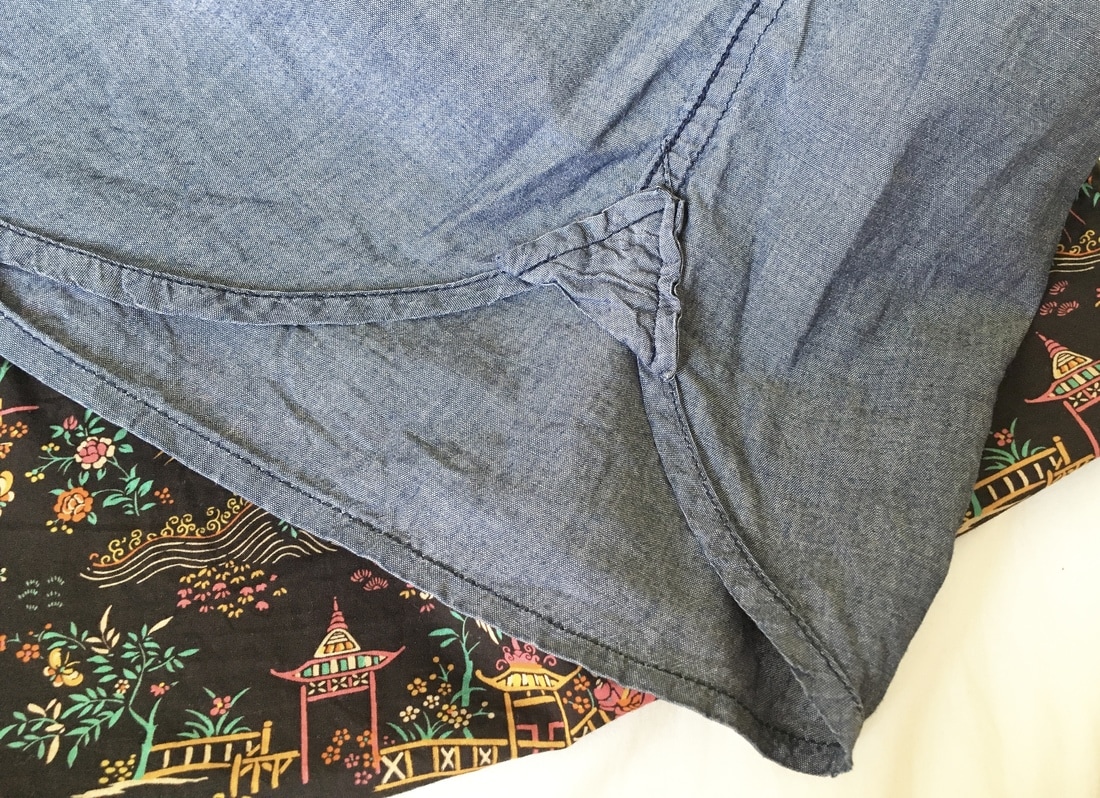
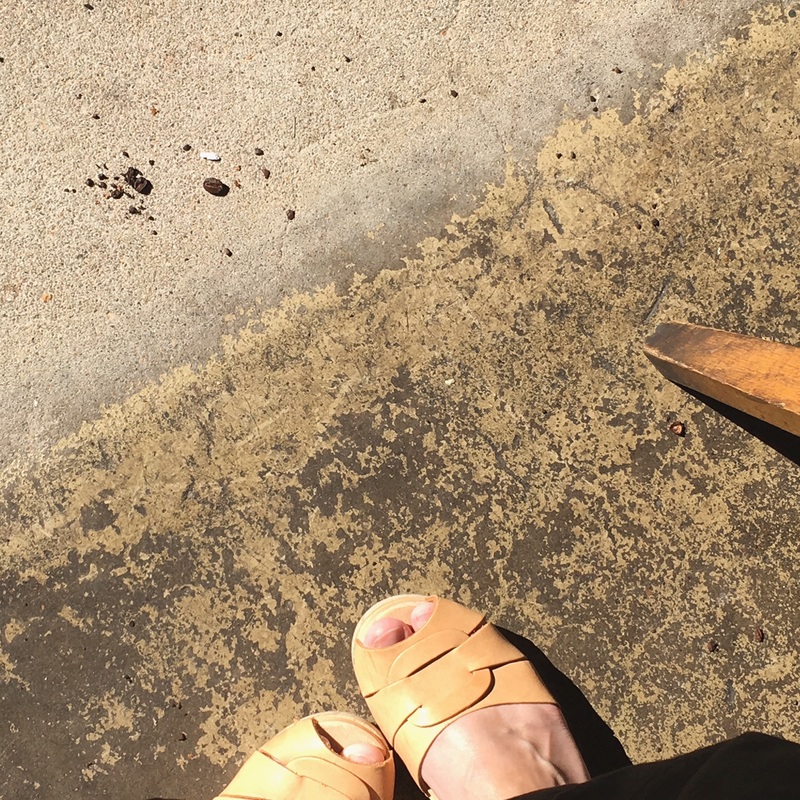
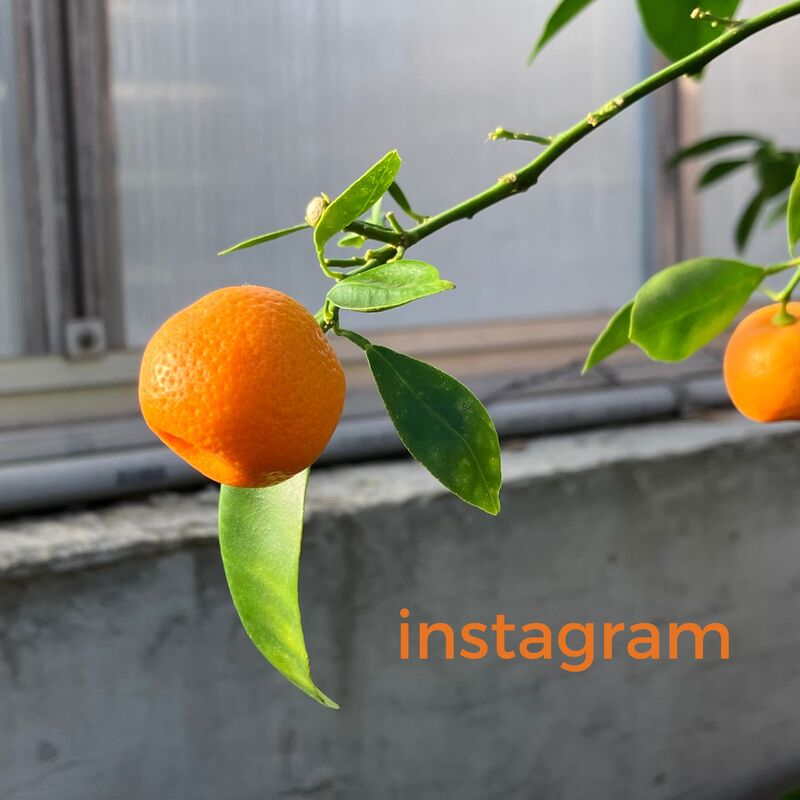
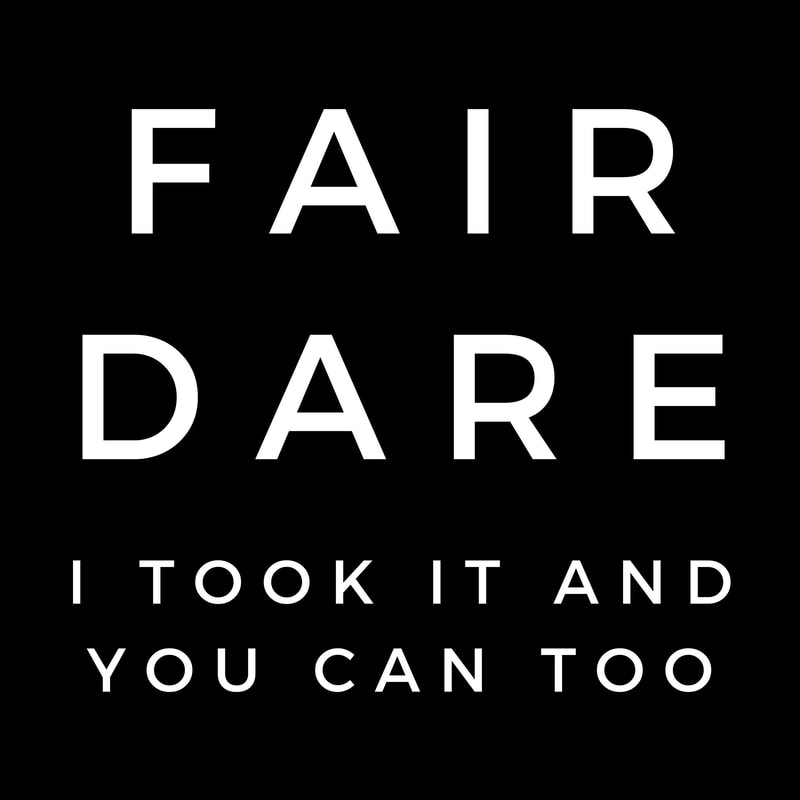
 RSS Feed
RSS Feed